#pollutions
Explore tagged Tumblr posts
Text
#brian chapman portadown#brian chapman armagh#farming techniques#climate change#environment#pollutions#mother nature#anaysis
2 notes
·
View notes
Text
Petition for Anti- pollution
We're SERIOUSLY going to kill not only ourselves, but millions of others, including people, animals, AND the environment if we don't get the pollution and stuff fixed. We're killing our home, our planet, we don't get a second chance if we kill earth, guys, we really, really don't.
Pollution, fossil fuels and oil? That's going to get us all killed, and fast too with how global warming and climate change is picking up.
#pollution#pollution solutions#pollutions#polluted air#polluted water#clean air#anarchism#anarchy#anti capitalism#anticapitalism
3 notes
·
View notes
Text
The US Military in Hawaii
25K notes
·
View notes
Text
Les obligations légales pour les entreprises en matière de respect de l’environnement
Les obligations légales pour les entreprises en matière de respect de l’environnement

https://nf-avocats.fr/les-obligations-legales-pour-les-entreprises-en-matiere-de-respect-de-lenvironnement/
#Conformité, #DéveloppementDurable, #DroitEnvironnemental, #Durabilité, #Écologie, #Entreprises, #GestionDesDéchets, #Législation, #NormesEnvironnementales, #ObligationsLégales, #Pollutions, #ProtectionDeLEnvironnement, #RéglementationEnvironnementale, #RespectDeLEnvironnement, #ResponsabilitéSociétale
#conformité#développement durable#droit environnemental#durabilité#écologie#entreprises#gestion des déchets#législation#normes environnementales#obligations légales#pollutions#protection de l'environnement#réglementation environnementale#respect de l’environnement#responsabilité sociétale
1 note
·
View note
Text
Quick reminder that you don't need a solid sexuality! You can just be in love! Or not be in love! Or have a gender! Labels are a choice, not a requirement. All you need to do is be someone you like being! If labels help with that, great! But they are not required. You don't owe it to anyone, so don't feel pressured to choose labels if they aren't your thing!
#edit/psa: if you disagree with this; just scroll. We don't care. We don't need you polluting this post with hate.#lesbian#trans#queer#gay#enby#non binary#nonbinary#aroace#aromantic#asexual#unlabeled#unlabled sexuality#unlabled pride#unlabled gender#lgbt#2slgbtqia+#lgbt pride#lgbtq#lgbtqia#lgbtq community#pride#trans pride#gay pride#lesbian pride#queer pride#edit: read the reblogs! theres some good shit in there
41K notes
·
View notes
Text

130K notes
·
View notes
Text

This is going to be totally dismissed under the Trump administration, but…we should all be very, very concerned.
6K notes
·
View notes
Text

#meme#worth a try#fireworks#hyperacusis#ptsd#misophonia#noise sensitivity#autism#adhd#noise pollution#sound sensitivity#fourth of july#4th of july#july 4th#r196#196#rule#ruleposting#r/196
12K notes
·
View notes
Text
"The European Court of Human Rights (ECtHR) has issued a landmark ruling, declaring that failure to address environmental pollution constitutes a violation of the right to life. The court found that governments must inform citizens living in pollution-affected areas, allowing them to assess risks to their health and well-being.
The case was brought by Italian citizens affected by hazardous emissions and widespread illegal waste dumping and burning in Campania. The pollution crisis has had severe public health consequences, and the court determined that the Italian government’s failure to intervene effectively, despite the pollution being caused by private actors, breached human rights law.
The ruling is expected to set a precedent for environmental cases across Europe, reinforcing government accountability in pollution control.
ClientEarth fundamental rights lawyer Malgorzata Kwiedacz-Palosz hailed the decision as a crucial step in linking environmental protection to human rights.
“This ruling confirms that human rights depend on access to clean air, water, and soil. Governments have an obligation to shield citizens from environmental hazards, no matter their source. The court has now explicitly recognised that pollution can directly threaten the right to life, meaning states will face greater scrutiny and stricter enforcement obligations,” she said.
Leading epidemiologist Dr Fabrizio Bianchi, who submitted expert testimony, stressed the severe health risks linked to pollution in Campania, where nearly three million residents have been exposed to toxic air since the 1980s.
“The health impacts are undeniable—higher rates of cancer, cardiovascular disease, and respiratory illnesses. Authorities must implement immediate clean-up measures and long-term monitoring to protect public health,” he stated.
This ruling strengthens environmental case law within the European Court of Human Rights, setting a binding precedent for future litigation.
In a separate legal challenge in Italy, ClientEarth is supporting a mother’s case advocating for her son’s right to breathe clean air, citing Article 2 of the European Convention on Human Rights —the same provision that underpinned the ECtHR’s latest decision.
Legal experts from Torino Respira, a group supporting the case in Italy, welcomed the ruling: “This judgment reinforces our argument that failing to keep air pollution within legal limits violates a child’s fundamental right to life and health. It sets an authoritative precedent for human rights protections against environmental harm.”
With growing global recognition of environmental degradation as a human rights issue, this ruling is expected to reshape legal approaches to pollution-related cases, compelling governments to act decisively against environmental threats."
-via ESG Post, February 1, 2025
#italy#europe#pollution#air pollution#human rights#environmental news#environmental issues#good news#hope
4K notes
·
View notes
Text
A final for one of my classes, my profesor said i should post this somewhere :)


words belong to Alanis Obomsawin,
an American-Canadian of Abenaki descent, a documentary filmmaker, though this is not where I first heard them.
When the Last Tree Is Cut Down,
The Last Fish Ate
The Last Stream Poisoned.
You Will Realize That You Cannot Eat Money.
Native American saying, first written in 1972. Still relevant when more than half a century old, and we can see how it manifests itself in real time. I personally came across a version of it in Aurora's song "The Seed," originally titled "Eat Money." Quoting her "It's about human history, about how we've co-existed in the world and how we've forgotten how to live with nature and the power we have."
❗️Do not upload / repost my art anywhere.❗️
#jun hug art#my final lol#illustration#quote#native american saying#nature#nature art#climate change#climate crisis#digital art#art#quotes#i wanted to show how effects of human activity on nature becomes gradually visible#till the beauty of nature fades to ubiquitous pollution
2K notes
·
View notes
Text

Tangos airship my beloved
3K notes
·
View notes
Text

When politicians say they want to take Britain back the 1950s and they actually deliver.
7K notes
·
View notes
Text
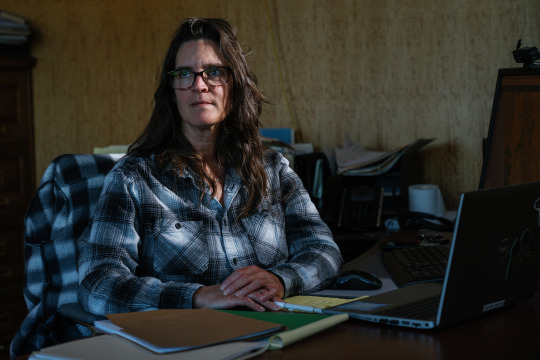
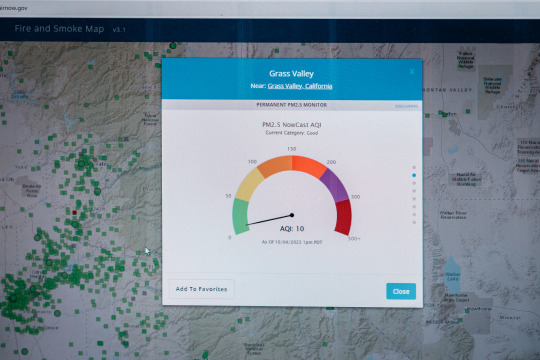

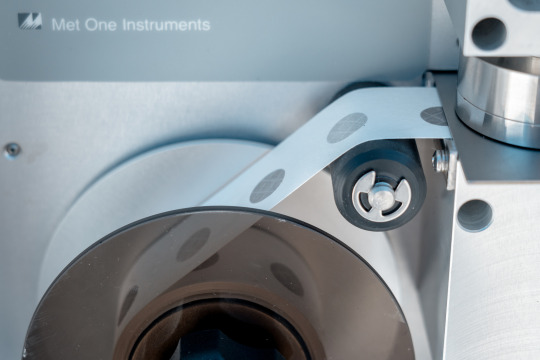



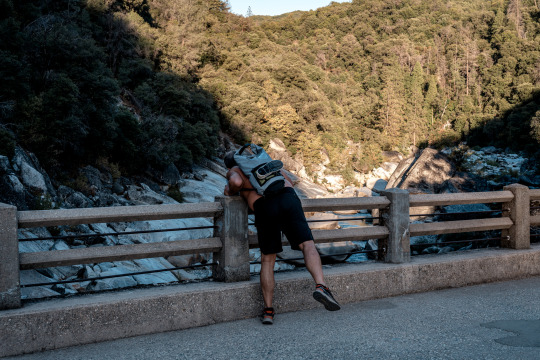



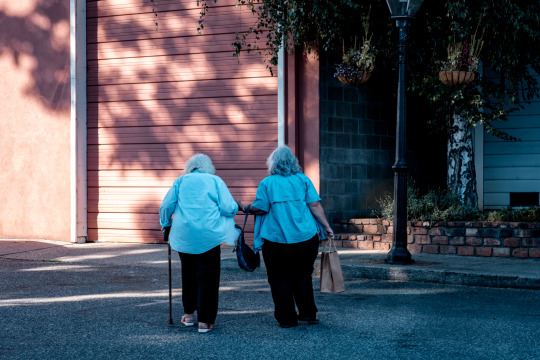
Latest for The Guardian
Major investigation shows local governments are increasingly exploiting a loophole in the Clean Air Act, leaving more than 21 million Americans with air that’s dirtier than they realize.
A legal loophole has allowed the US Environmental Protection Agency to strike pollution from clean air tallies in more than 70 counties, enabling local regulators to claim the air was cleaner than it really was for more than 21 million Americans.
Regulators have exploited a little-known provision in the Clean Air Act called the “exceptional events rule” to forgive pollution caused by “natural” or “uncontrollable” events – including wildfires – on records used by the EPA for regulatory decisions, a new investigation from the California Newsroom, MuckRock and the Guardian reveals.
In addition to obscuring the true health risks of pollution and swerving away from tighter control on local polluters, the rule threatens the potency of the Clean Air Act, experts argue, at a time when the climate crisis is posing an unprecedented challenge to the health of millions of Americans.
1 note
·
View note
Text
Even out in the open ocean, Laysan albatrosses like Makana can’t escape the effects of plastic pollution. These incredible seabirds often mistake floating plastic for food, with devastating consequences for themselves and their chicks.
That’s why Monterey Bay Aquarium is participating in the final meeting of the Global Plastics Treaty, which kicked off today. We’re advocating for a strong treaty to protect wildlife, our health, and the future of our planet.
#monterey bay aquarium#global plastics treaty#INC5#lets turn off the plastic tap#a solution to plastic pollution
2K notes
·
View notes
Text
From the article:
Global emissions of local air pollutants have probably passed their peak. The chart shows estimates of global emissions of pollutants such as sulphur dioxide (which causes acid rain), nitrogen oxides, and black and organic carbon. These pollutants are harmful to human health and can also damage ecosystems. It looks like emissions have peaked for almost all of these pollutants. Global air pollution is now falling, and we can save many lives by accelerating this decline.
While air pollution hasn't peaked everywhere, things will only get better from here if trends in cleaner energy and manufacturing continue.
This is one of those examples of slow progress in solving a big problem that doesn't get celebrated, even though it represents a huge step for human health and well-being.
#pollution#good news#hope#environment#human health#emissions#air pollution#ecology#hopepunk#slow hope#progress
2K notes
·
View notes
Text




very strange enchanted boy
#hetalia#aph england#hws england#arthur kirkland#fanart#my art#aph#i have a lot of made up lore in my head abt arthur and fairies because u used to be hyperfixated on a midsummer nights dream lmao#i have a whole comic script that ill get on someday but basically he gets disowned because of the industrial revolution#loserrr#the fairies arent infallible and they dont rlly gaf what goes on outside of the uk so theyre like i can excuse colonization#but i draw the line at pollution#and big mama titania is like GET OUT!#and its like that scene in the lorax where everyone leaves LMAO#i forgit to add labels to the last 2 drawings but the first are sprites and the 2nd are pixies#i have a whole fairy taxonomy in my head from my msnd era but thats for another day.
983 notes
·
View notes